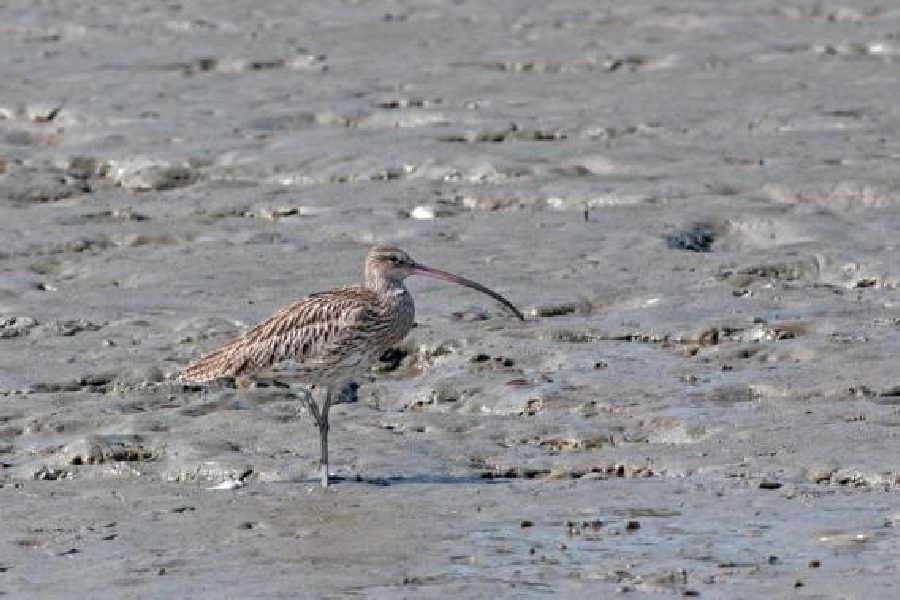Flight distance: 13,500km. Refuel stop at: 7,000km.
Every year, hundreds of thousands of migratory birds embark on an inter-continental journey, driven by one basic mantra — when conditions at one place become unfavourable, it is time to move on to a better place.
Typically, the journey links northern breeding grounds in Arctic and polar regions — where winter is harsh — with warmer non-breeding (wintering) sites in temperate and tropical areas.
Starting January 17, birders can click pictures of some of the winged guests in the Sunderbans, an important pit stop for the migratory birds. Two of the eight well-established migratory routes — flyways — on the planet overlap in the mangrove delta, said veteran birders and foresters.
The second edition of the Sundarban Bird Festival will be held from January 17 to 20, organisers said. The festival, organised by the forest department, is billed as an opportunity to “record the occurrence, distribution and habitat preferences” of the avians in the Sunderbans.
“We are inviting online applications. Any individual more than 18 years of age having good physical fitness and keen interest in nature can attend the festival. A maximum of 24 participants will be accommodated and selection will be subject to the decision of a screening committee. Willing participants can submit the registration form via the link provided,” said Justine Jones, deputy field director, Sundarban Tiger Reserve (STR).
The online application link is https://forms.gle/vmjobunhxAbbX16n6. The last date to file applications is January 1. The participation fee is Rs 10,000.
The participants will be split into smaller teams and travel on boats along different islands in the STR and the South-24 Parganas forest division with a central camping site at Sajnekhali.
The previous edition recorded 145 species and more than 5,000 individual birds. Many of them were non-migratory.
The mangrove delta holds “a place of high significance as it lies along the junction of two major avian flyways (Central Asian and East Asian) and plays a crucial role in the foraging and breeding habits in the winter migration of birds using these flyways,” said a note shared by the STR.
The East Asia/Australasia Flyway extends from Russian Arctic and North America to the southern limits of Australia and New Zealand. The entire journey is over 13,500km.
Swathes of East Asia, all of Southeast Asia, eastern India and the Andaman and Nicobar Islands are part of the route.
The Central Asian Flyway extends from Siberia and adjoining areas in the Russian Federation to the wintering grounds in West and South Asia, the Maldives and the Indian Ocean islands.
Sujan Chatterjee, secretary of the Birdwatchers’ Society, said the Sunderbans is a passage for the migratory birds on these two major routes.
“The inland birds follow the rivers. Many of them depend on coastal and wetland habitats for food. The great knot, red knot, godwit, sanderling and common crane are some of the migratory birds that use the Sunderbans as a pit stop,” said Chatterjee.
Some rare migratory birds like the Eurasian Oystercatcher and Nordmann’s greenshank, one of the most endangered shorebirds on earth, have also been sighted in the Sunderbans in recent years.
More than one birder said the rise in the number of tourists and boats in the mangrove delta is hurting migratory birds.
“Migratory birds are found in remote islands like Lothian and Bonnie Camp. The tourist boats sailing past islands put the birds off,” said one of them.
How migratory birds navigate the terrains is a subject of research. Satellite tracking has shown avians find their way under the sun and by the night stars.
In 2022, a bar-tailed godwit fitted with a satellite tag flew 13,560km from Alaska to Tasmania in Australia without stopping for food or rest, breaking the record for the longest non-stop migration by a bird.






